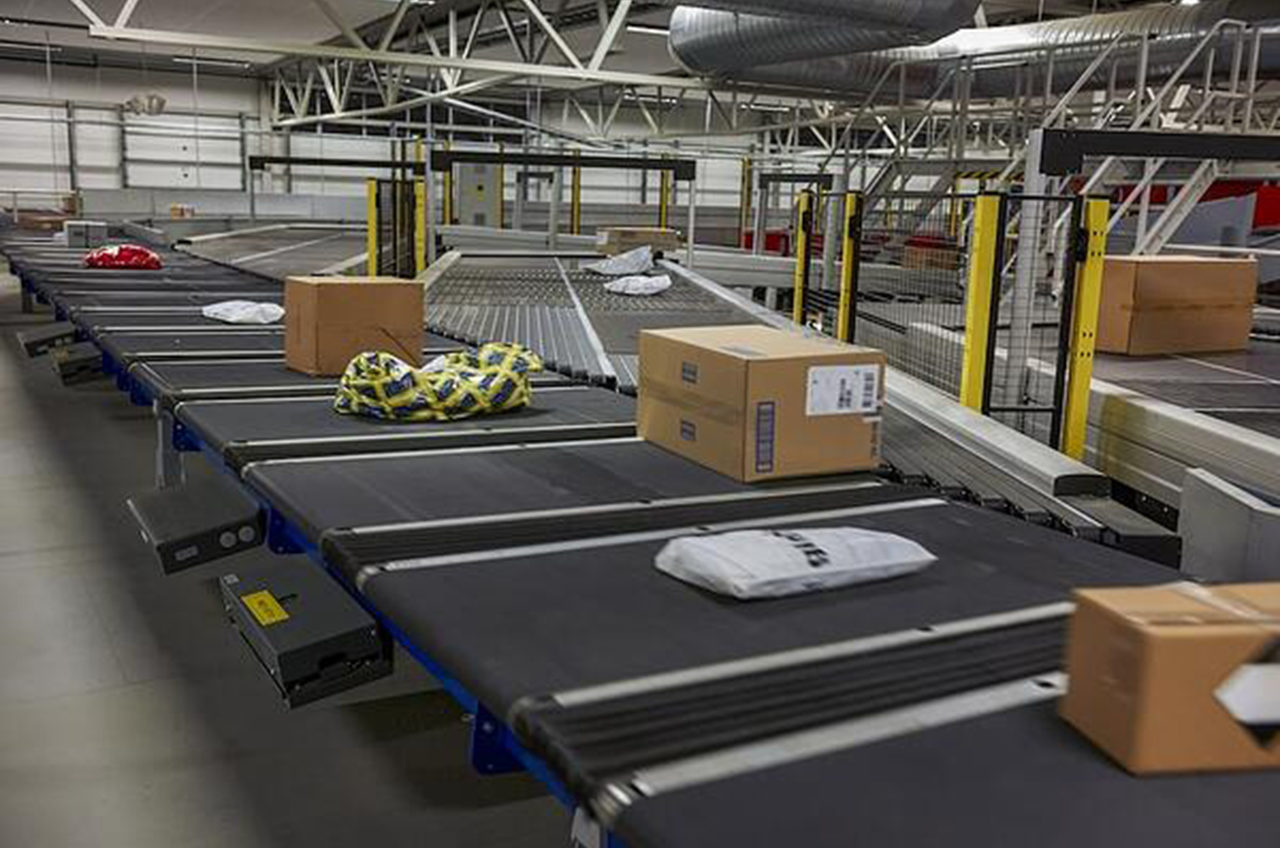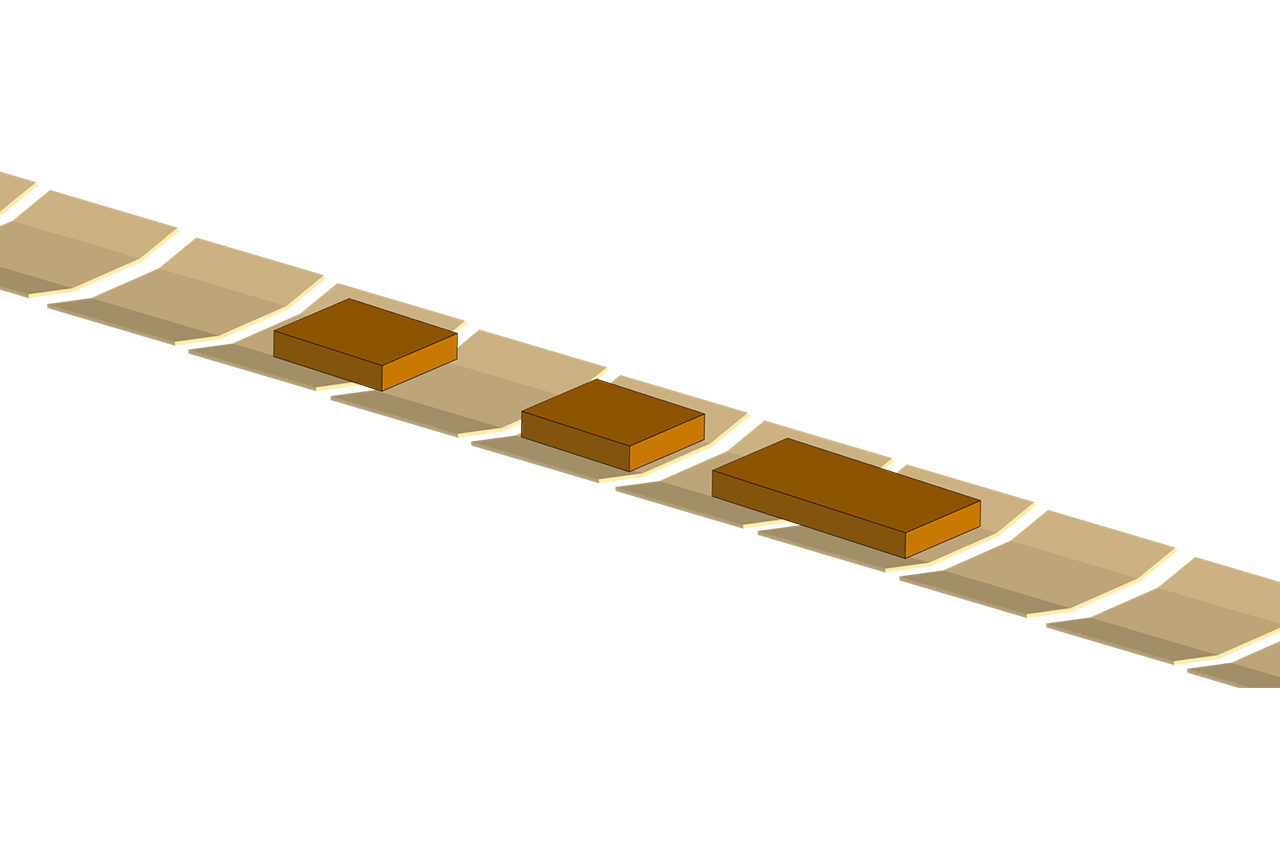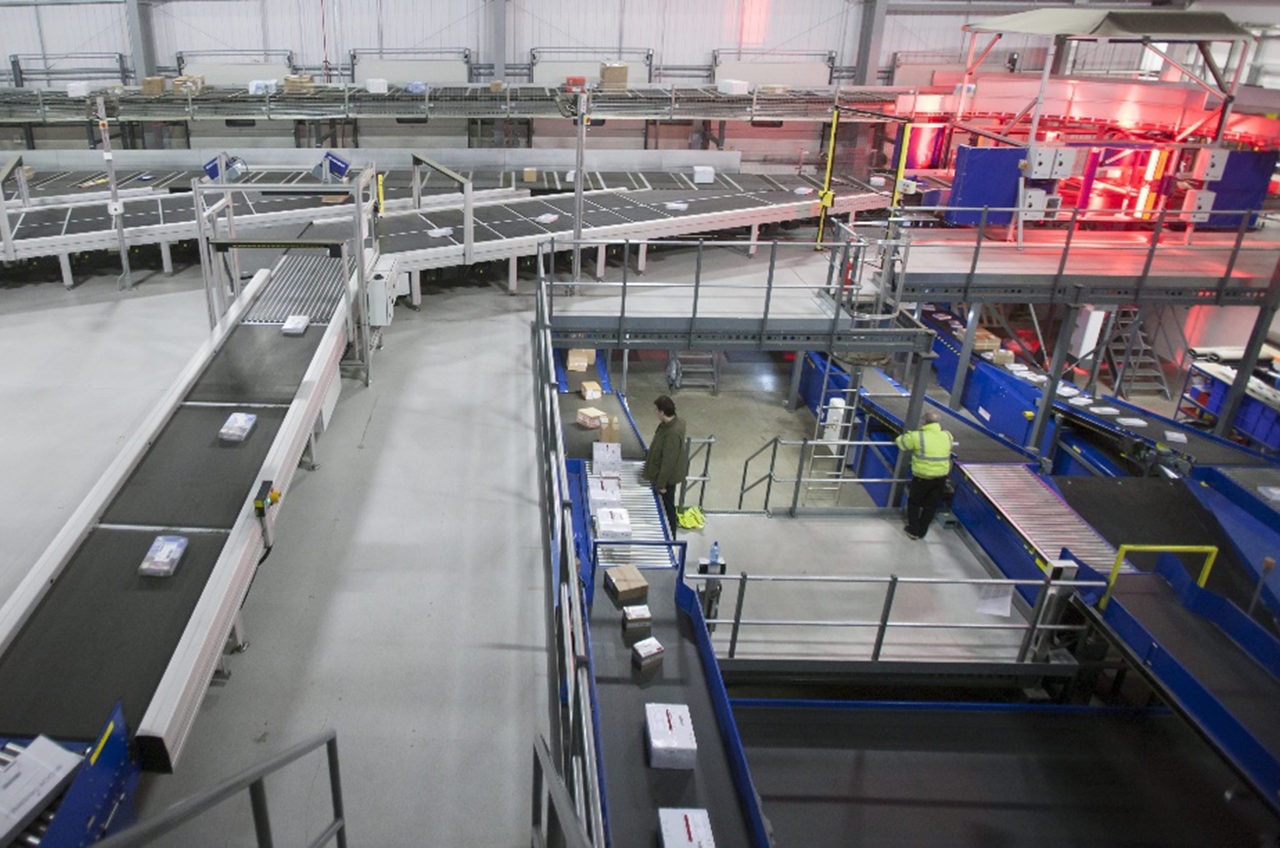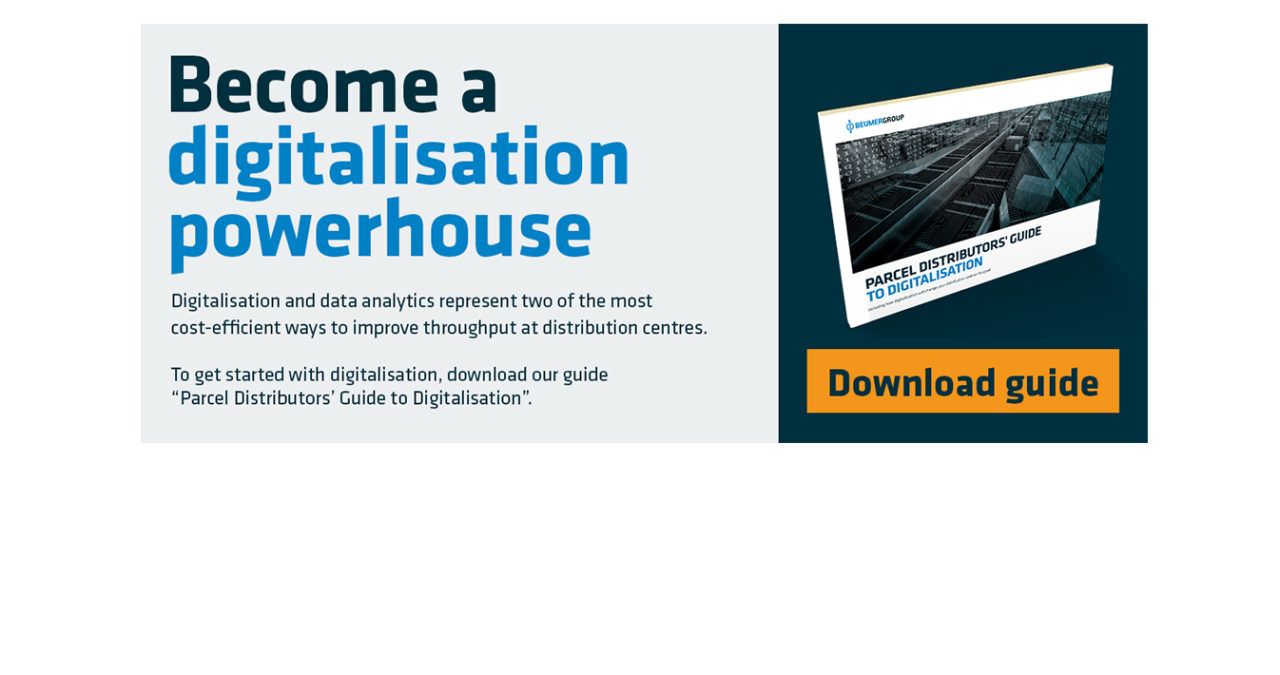The parcel to the left is taking up two carriers despite being small enough to fit on one carrier only. Data analytics made the company realise that this mistake was taking place quite often as parcels were incorrectly placed on the in-feed line. A valuable insight that made the company teach operators to place parcels correctly.
Problems:
- A large number of recirculated items
- Too many items with very high carrier occupancy
- A high amount of items in manual handling area needing rework
How the incidents happened was essentially a mystery. To the naked eye, the sortation system seemed to be working fine. But at the same time capacity was less than it should be.
So the CEP distributor engaged a systems provider and started collecting data.
Data revealed that items were recirculated because the chute was full or in a swap process. By knowing this, the company was able to make two important adjustments to their operation:
- Doubling the resources allocated to the 10 percent of the chutes with the highest parcel flow
- Implementing dynamic resource allocation to the remaining 90 percent of flow destinations
These two adjustments resulted in a vast reduction of recirculated parcels. Simply by operating the sortation system in a more effective manner. Without spending money on any new machinery.
Thanks to data analytics, the distribution centre made another stunning realisation:
The majority of the items inducted to two carriers were in fact small enough to fit on one carrier only, but they had been poorly placed on the in-feed line. It turned out that the distribution centre was able to lower the number of two-carrier occupancies significantly by focusing on training operators to place items correctly.
“The distribution centre was able to lower the number of two-carrier occupancies significantly.”
Less rework through better data
The company faced another operational challenge: insufficient parcel data interchange led to vast amounts of rework.
By cross-referencing reasons for rework with parcel data, the distribution centre identified that EDI (Electronic Data Interchange) was often too late, incorrect or downright faulty. With several parcels, the barcode quality was poor or the contents often incorrect.
Taking their data analytics one step further, the company mapped out the link between no-read items and shippers/customers. Customers were then categorised based on the quality of the EDI they were able to provide.
This insight paved the way for a dialogue between the CEP company and clients to determine a solution to the issue. Also, the CEP company now had data for aligning the cost per delivery with quality of EDI.
The result was a better EDI, giving a smoother parcel process with much less rework and operator interventions.
Get the full overview: Read the Parcel distributors’ guide to digitalisation.
Case #3: Distribution of standard B2C parcels with delivery speed in focus
This case is about a prototypical B2C e-commerce distribution centre.
Its clients are webshops and the end user (receiver) is a consumer. Delivery speed and keeping cost per parcel at a minimum are two key priorities.
A curious example this one – and also an example of just how valuable data can be to a CEP company.
This distribution centre had a sortation system consisting of two sorters and both sorters put up some truly puzzling capacity levels.
The two sortation systems performed extremely well – with utilisation close to theoretical capacity. But the high system utilisation was not reflected as equally high productivity.
Impressive utilisation numbers is one thing, but something was amiss. The distribution centre faced two problems.





















